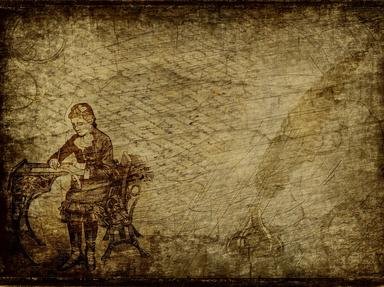Quiz Answer Key and Fun Facts
1. The poem, "From the Frontier of Writing", describes "armour-plated vehicles", "guns on tripods", and a "sergeant with his on-off mike repeating/ data about you". What frightening experience is Seamus Heaney describing in this particular poem?
2. In the poem, "The Haw Lantern", the "roaming shape of Diogenes/ with his lantern" is an important image. What exactly is Diogenes looking for?
3. The poem, "Alphabets", explores language and the act of learning.
4. In the poem, "The Spoonbait", Heaney seems to compare the soul to spoon bait. What exactly is spoon bait?
5. In the poem, "The Stone Verdict", Heaney mentions a god named Hermes. Is Hermes a Greek god?
6. Which member of Heaney's family is commemorated in the sonnet sequence entitled "Clearances"?
7. In "Clearances - 3", what are Heaney and his family member doing that leads him to declare that they were never "closer the whole rest of our lives"?
8. In "Clearances - 8", what type of tree is used to represent Heaney's family member?
9. The poem, "Terminus", is made up of a series of contrasts, which serve as metaphors for Heaney's feelings towards what he calls growing "up in between". Which of the following contrasts are not present in "Terminus"?
10. In "Clearances - 4", Heaney remembers his mother's obsession with keeping up appearances. How does she react to her son's increasing vocabulary and use of the correct grammar?
Source: Author
poshprice
This quiz was reviewed by FunTrivia editor
agony before going online.
Any errors found in FunTrivia content are routinely corrected through our feedback system.
